In 2020, Apple announced the transition to its own Apple Silicon chips to power Apple computers and replace processors from Intel. Even this year, we saw a trio of Macs with the original M1 chip, which Apple literally took our breath away from. We have seen a relatively fundamental increase in performance and slowly unimaginable economy. The giant then took it to a whole new level with the more advanced M1 Pro, Max and Ultra chips, which can provide the device with breathtaking performance at low consumption.
It could be interest you
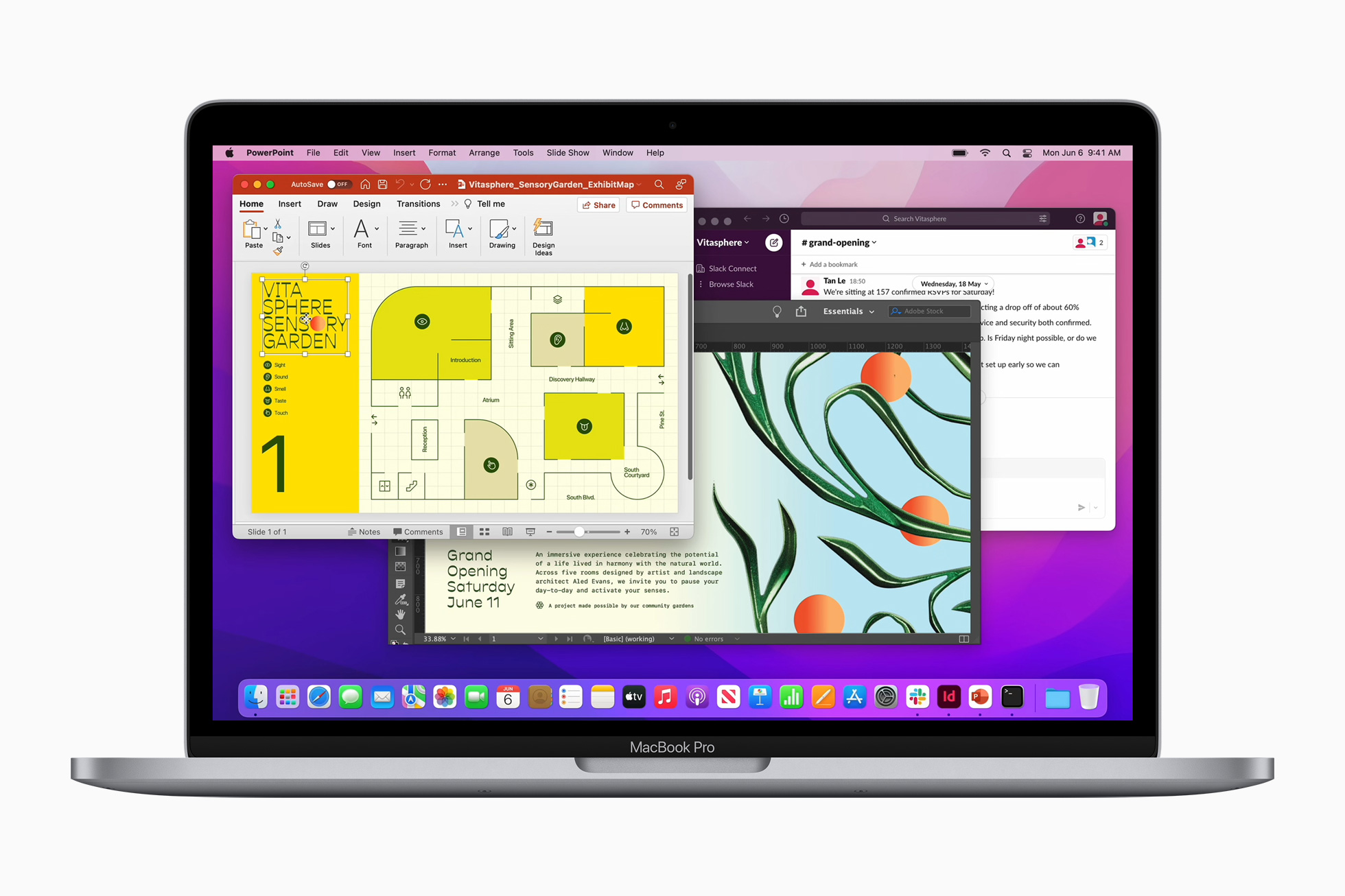
Apple Silicon literally breathed new life into Macs and started a new era. It solved their biggest problems with often insufficient performance and constant overheating, which was caused by the inappropriate or too thin design of previous generations in combination with Intel processors, which liked to overheat in such conditions. At first glance, switching to Apple Silicon seems like a genius solution for Apple computers. Unfortunately, it is not for nothing that they say that all that glitters is not gold. The transition also brought with it a number of disadvantages and, paradoxically, deprived Macy of essential advantages.
Apple Silicon brings a number of disadvantages
Of course, since the arrival of the first chips from Apple, there have been talks about the disadvantages associated with using a different architecture. Since the new chips are built on ARM, the software itself must also adapt. If it is not optimized for new hardware, it runs through the so-called Rosetta 2, which we can imagine as a special layer for translating the app so that even newer models can handle it. For the same reason, we lost the popular Bootcamp, which allowed Apple users to install Windows alongside macOS and easily switch between them according to their needs.
However, we think of (in)modularity as a fundamental disadvantage. In the world of desktop computers, modularity is quite normal, allowing users to freely change components or update them over time. The situation is much worse with laptops, but we would still find some modularity here. Unfortunately, all this falls with the arrival of Apple Silicon. All components, including the chip and the unified memory, are soldered to the motherboard, which ensures their lightning-fast communication and therefore faster system operation, but at the same time, we lose the possibility to intervene in the device and possibly change some of them. The only option for setting the configuration of the Mac is when we buy it. Subsequently, we will simply not do anything with the inside.

Mac Pro issue
This brings up a very fundamental problem in the matter of the Mac Pro. For years, Apple has been presenting this computer as truly modular, as its users can change, for example, the processor, graphics card, add additional cards such as Afterburner according to their own needs, and generally have excellent control over individual components. Such a thing is simply not possible with Apple Silicon devices. It is therefore a question of what future awaits the mentioned Mac Pro and how things will actually turn out with this computer. Although the new chips bring us great performance and a number of other advantages, which is brilliant especially for basic models, it may not be such a suitable solution for professionals.
It could be interest you
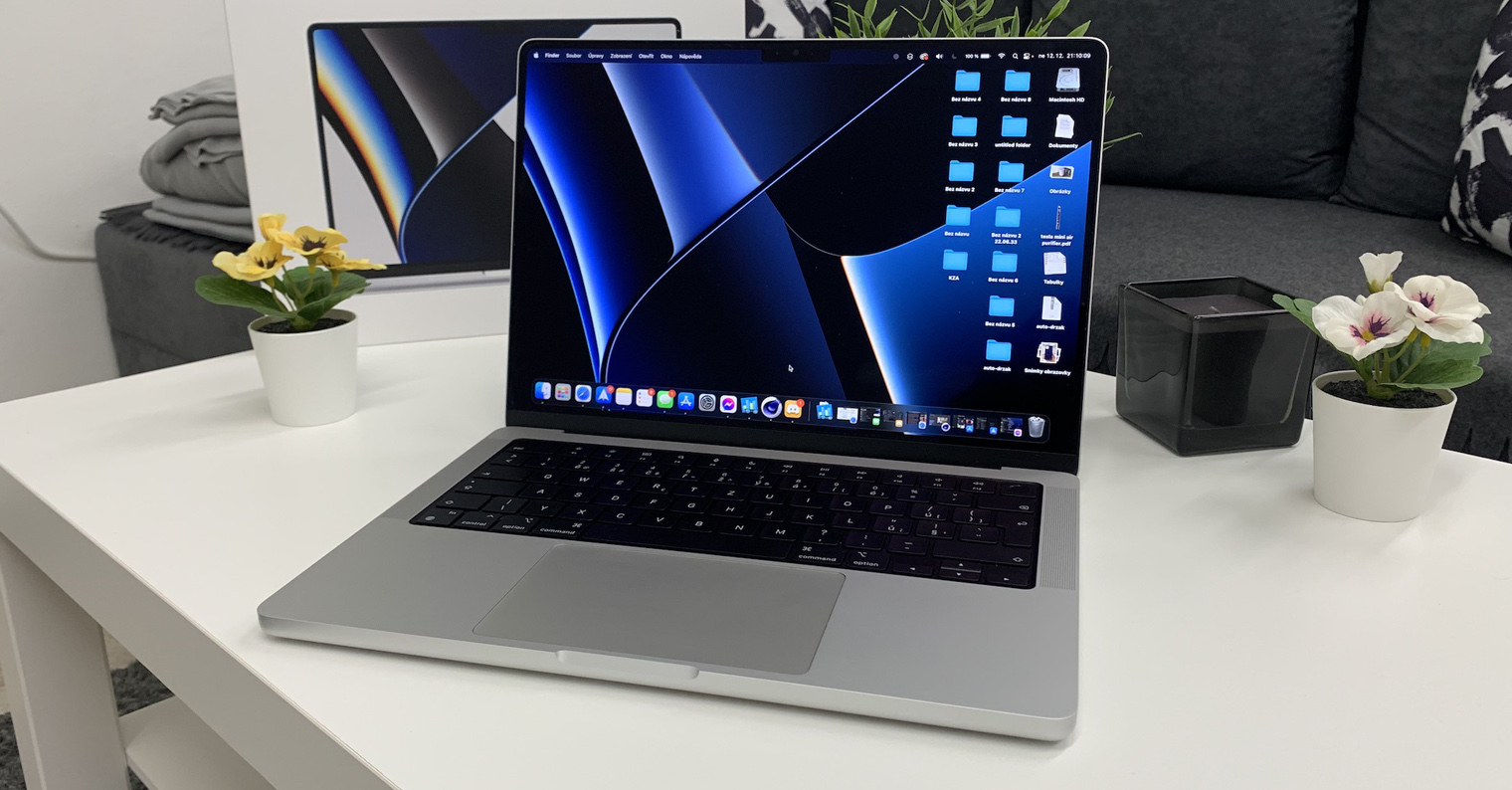
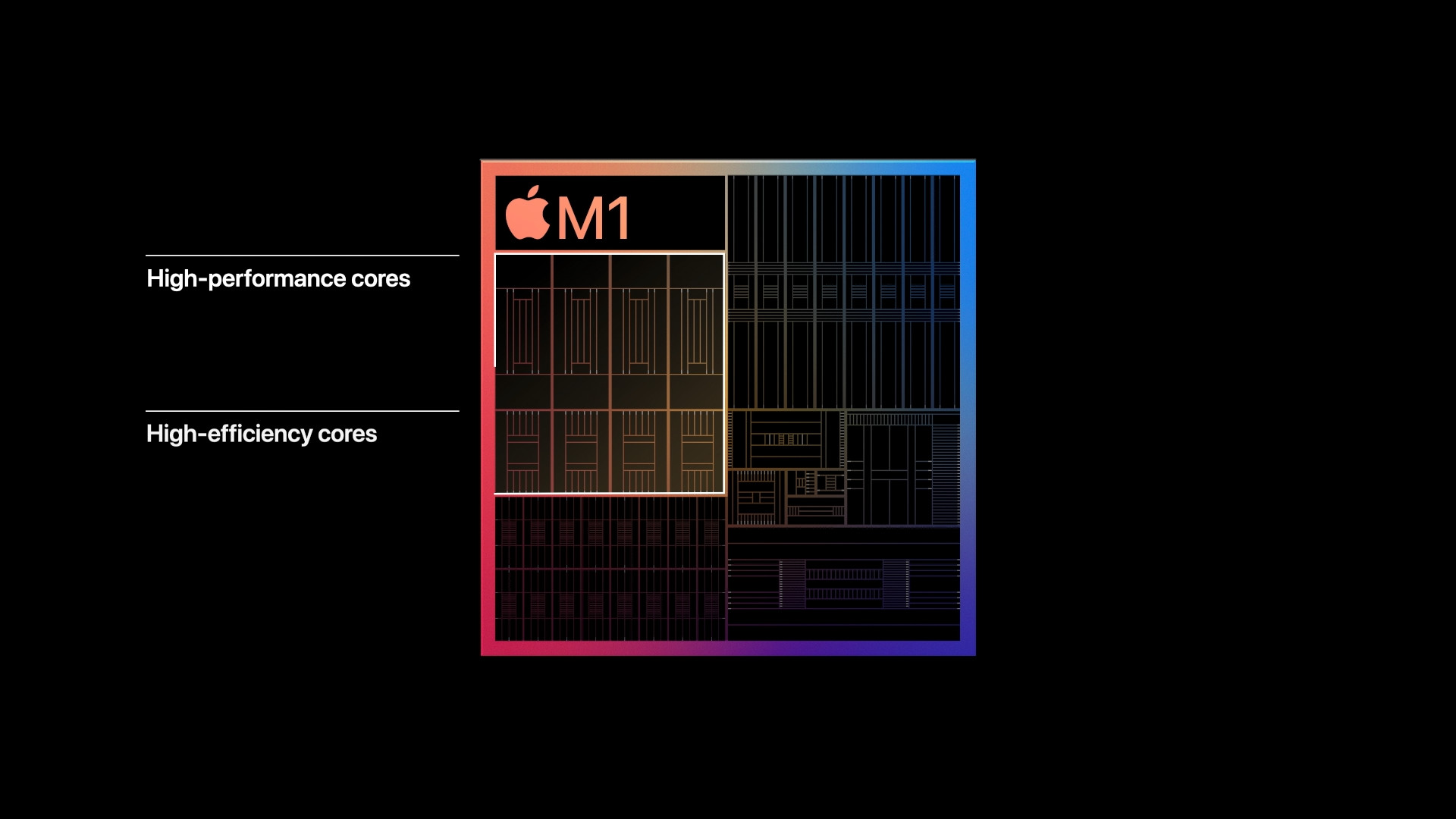
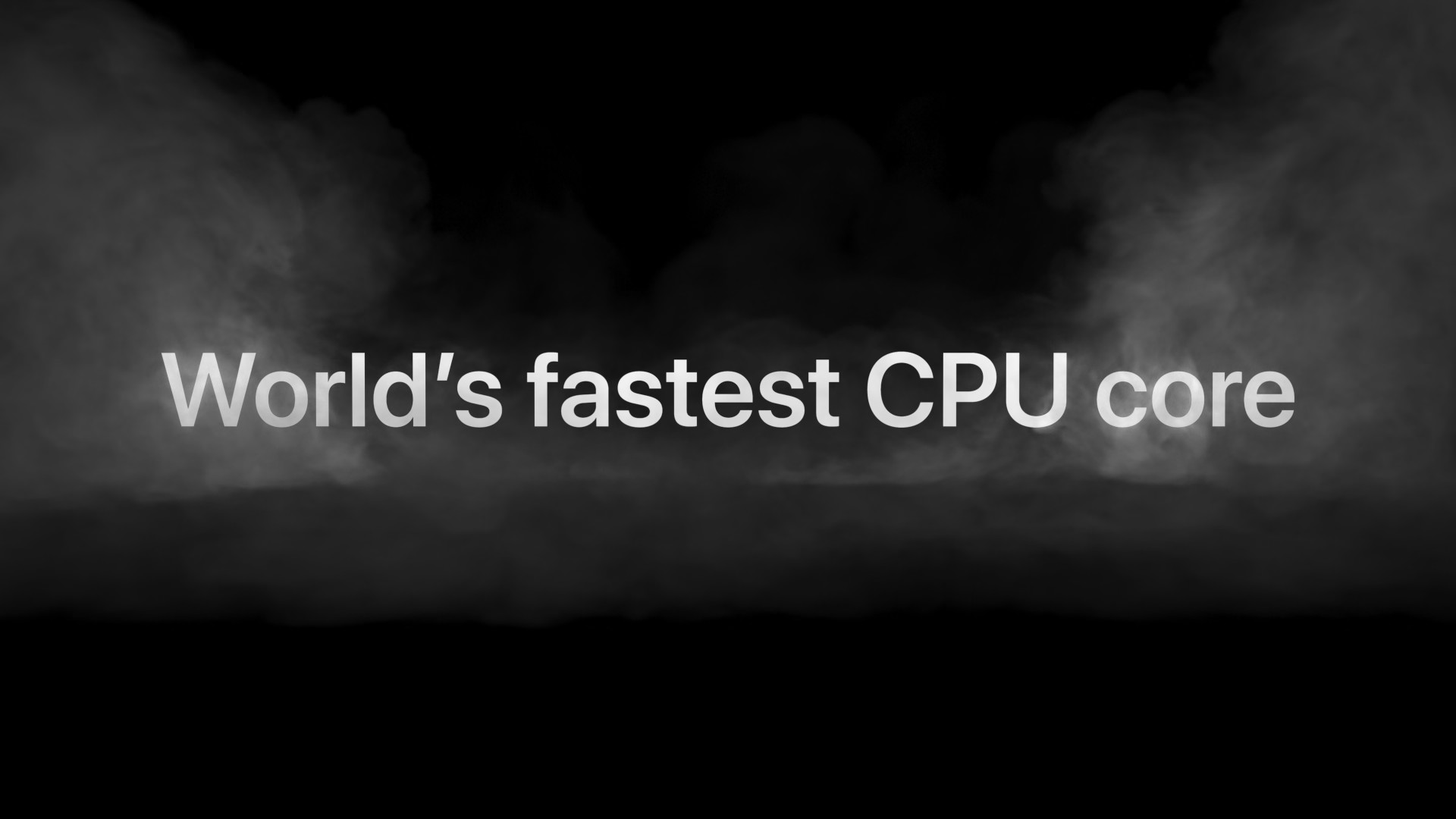
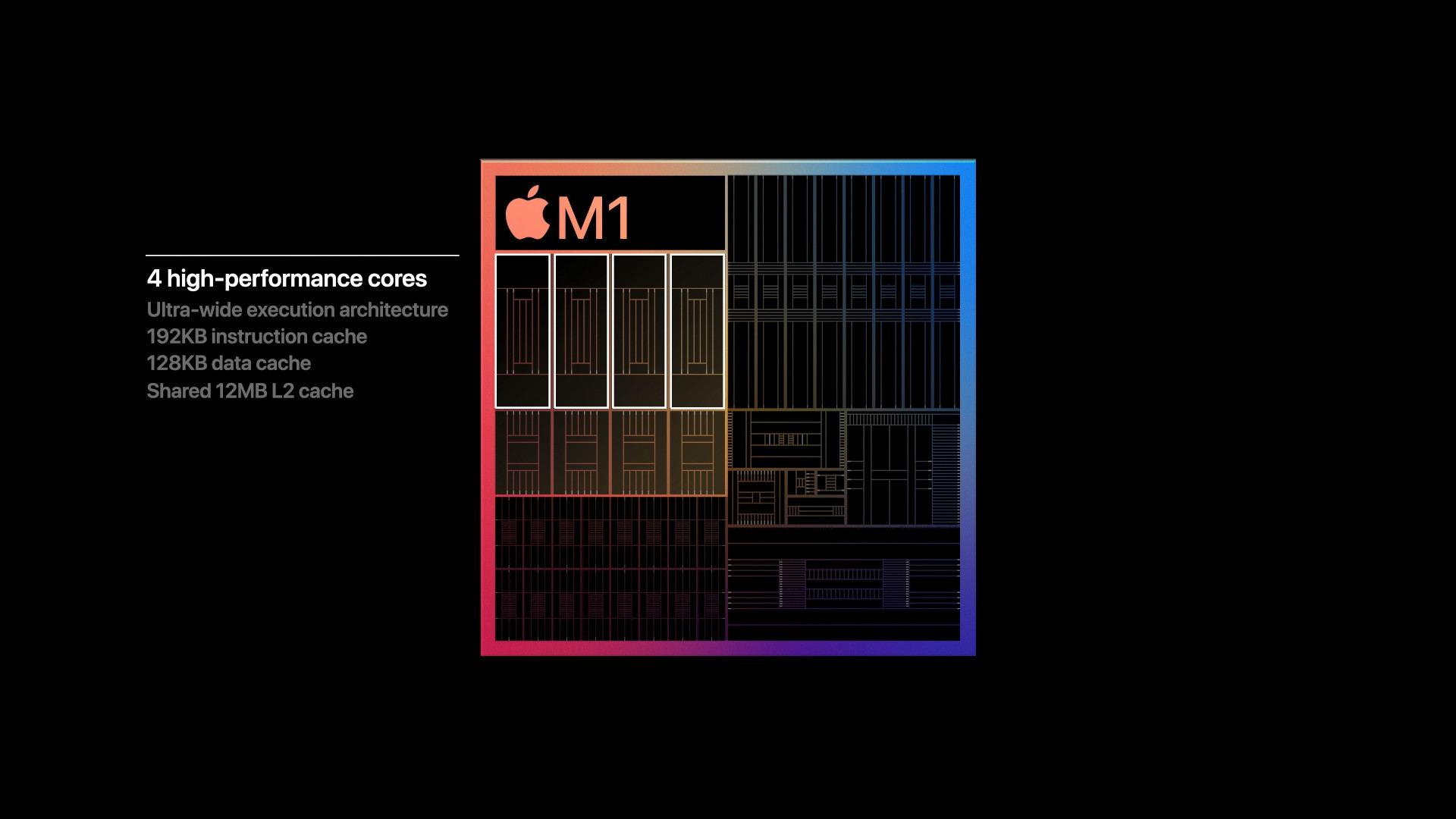


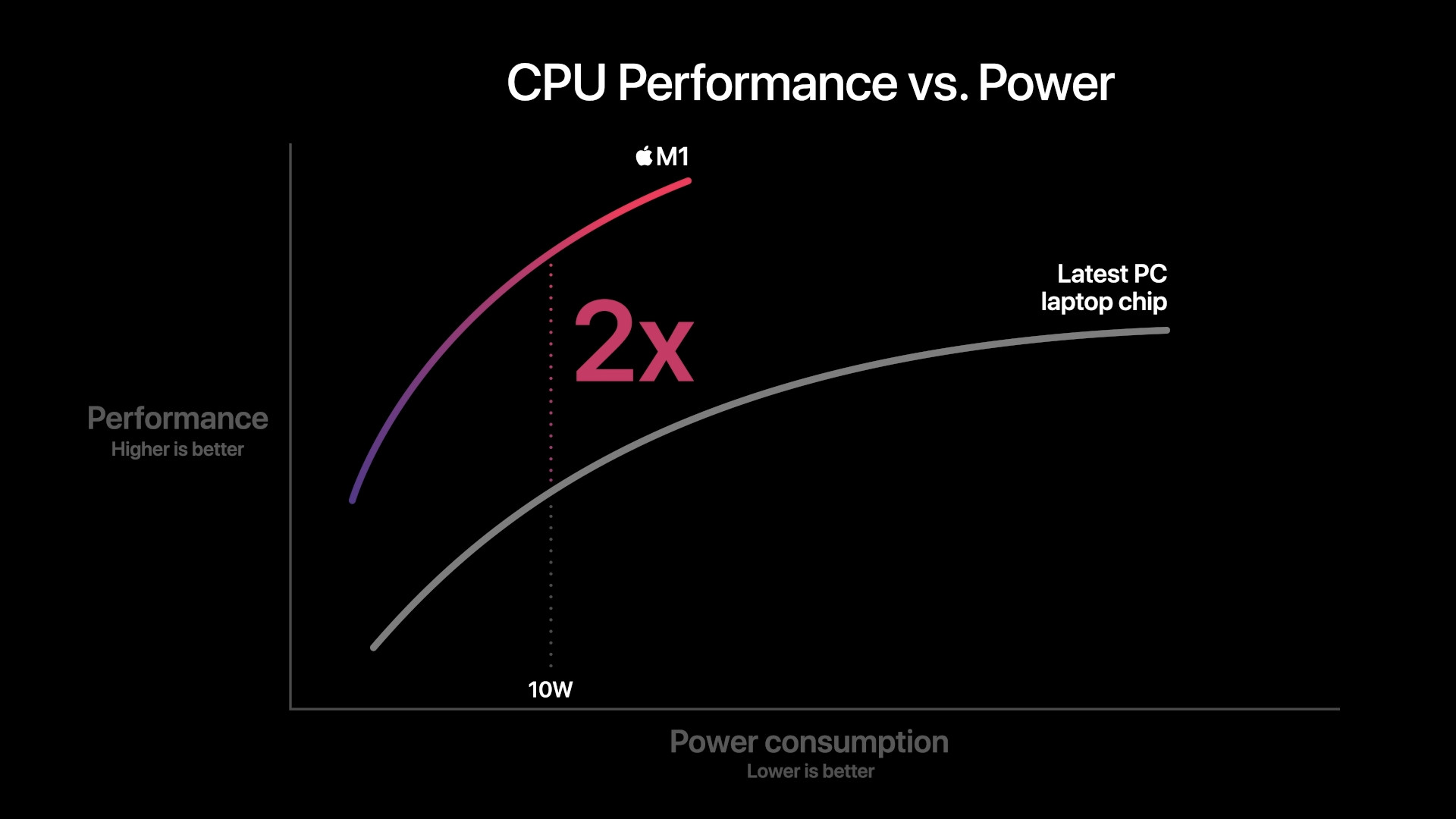
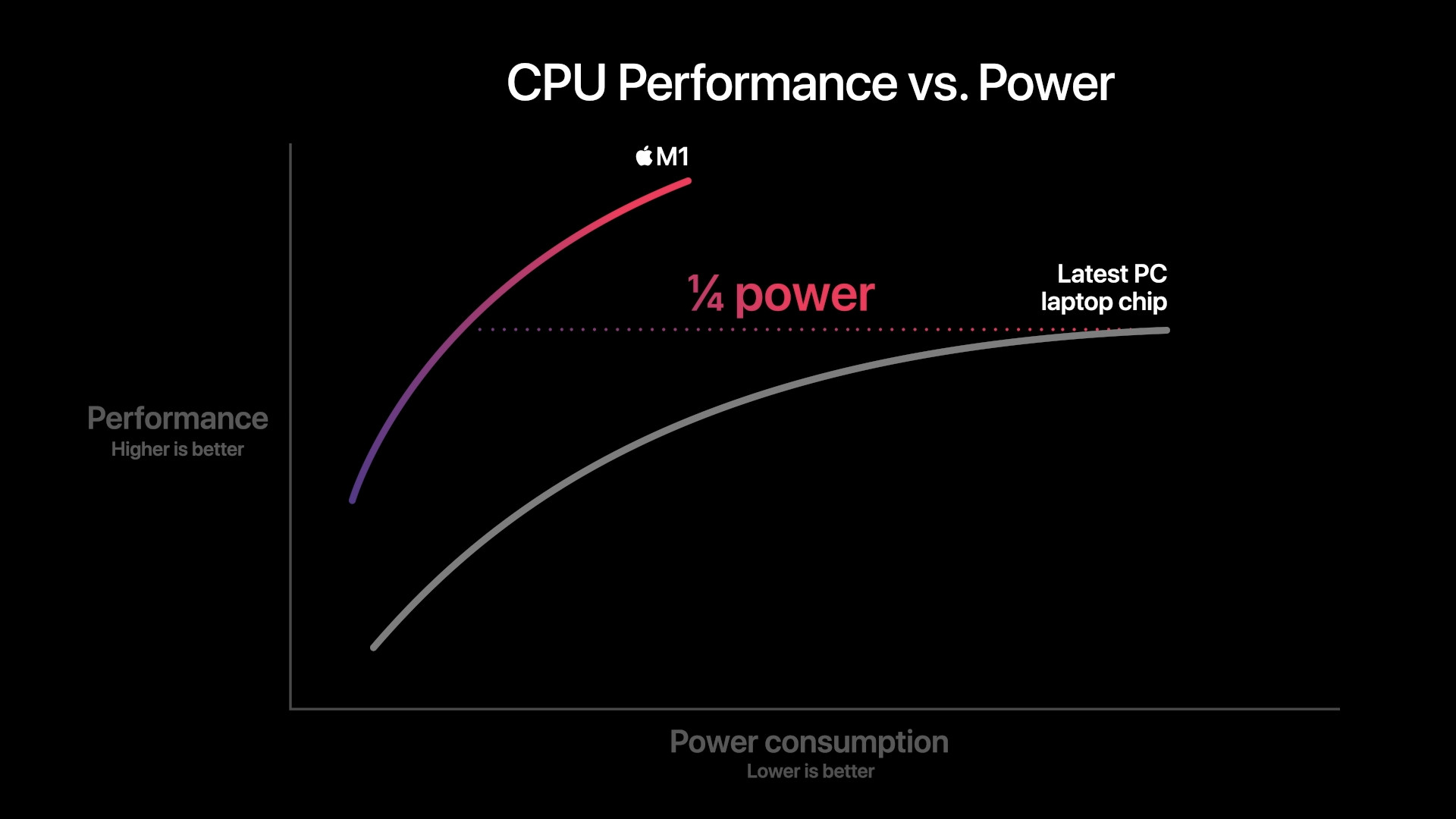

Unfortunately I agree.
The non-modularity and limited possibilities of using applications, when not all of them are already supported with M1/2 (unfortunately, not even with Rosetta) was the reason why I chose Windows.
I would mention one more drawback, and that is the support. In the case of Macs with Intel, it was possible to install a newer OS after the end of official support due to the universal x86 instruction set, and 95% of things worked without problems, including applications. The user could thus install the latest MacOS even on a 15-year-old MacBook. The same applies to old Windows computers, when Windows 11 works without problems even on 20-year-old hardware. At Apple Silicon, however, the booting of the operating system is in the hands of iBoot instead of UEFI, so booting the operating system is like on iPhones and iPads. After Apple's end of support, there is no way to load an unsupported operating system, so devices will be subject to a gradual loss of app compatibility and their end.
It is true. Anyway, I think that enough wise people have already thought about it and in the future this problem will be solved. we don't know how yet. but since this problem has arisen, it will be time to solve it.
I personally don't get involved in M1atd, yes, tests blablabla.. but in real work there is no difference - at least from what I've seen. I work mainly in Motion and FCPx, and when I always have promos in HD in Motion, the M1 behaves almost identically to Intel and the macmini18, so it takes the same time to render the preview and I'm not talking about effects at all, it's just as desperate there as with the UHD Graphics 630 , which is really cool. Demonstrations on YouTube, that the export is ready in a third of the time, etc., is something I don't need, because the export is already finished and I can relax in the meantime :) And modularity is really a big problem, I believe that it would not be a problem to do it in such a way that the boards would simply be changed directly from Apple - like cards in the motherboard, but Apple doesn't like that, because they want us to buy new machines all the time :)
In "real work" no difference. 🤣🤣🤣 Throwing a shovel really won't help you more than an outdated model with intel. However, if you work with a computer, it makes a huge difference. I went from intel pro 2020 to m1 13 pro and now 14pro and they are generation differences. I don't even need to mention the performance, but the battery life and performance alone are reason enough to upgrade.
Agreement. The MacBook Pro 16 with Intel lasted about 2 hours on the battery, with the M1 it lasted 10 hours. That's one fundamental difference.
I understand it all, and in terms of real work, I mean that simply during assembly, testing and creation, you need to do anything in AppleMotion, so the M1 won't show it. I consider this to be something more important than exports, I don't have a flashlight in my macmini. We worked on approx. 7-8 apple machines and only once did I feel a significant split during assembly and that was the garbage mc pro :)
So I'll take the liberty of disagreeing with this as well:
– I still have 2 MacBooks
— i9 16“ in full fire
— M1 16” in moderate fire
On that Intel, FCPX is completely unusable from the very beginning. Fans lift the machine above the table and the user interface lags brutally. It cannot be used! Clicking on something requires them to scroll, wait a second for the UI to stabilize and then click - otherwise I'll click away!
Switching to the M1 was something of a miracle for me. Everything is perfectly smooth and completely silent…
According to my personal experience, with the M1 architecture, Apple really jumped ahead of the world once again - good, because Intel will have to start trying (those problems with overheating and the subsequent drop in performance are also experienced by similarly inflated corporate DELLs with W10).
I wonder when the last time MBPs were modular. Memory has been a problem for at least 9 years since I've been working on them.
I have an M1 Max now and I can't complain :-)
The new era of MacBooks begins in 2008 - that's when the first Unibody MacBook Pro arrived, which still had a user-replaceable battery and the 2,5" format disk and RAM memory, which were in two slots, could be replaced without any problems. The drive used the SATA bus and could be replaced with a second 2,5″ drive. Even the basic model with 4GB RAM could thus be upgraded to 16GB RAM + 2TB/4TB SSD. As of 2009, the battery was still replaceable, but the bottom cover had to be removed. Then in 2012 came the Retina models, which already had the battery glued on, not screwed on, so it's easy to replace with just the entire palmrest and keyboard, and the RAM was also on board. The drive was fast NVMe in the slot and an adapter could be bought that would allow me to connect a classic M.2 NVMe drive, so the SSD was still expandable. Since 2016, there is also storage on the board, and the MacBook thus becomes a consumer product with a limited lifespan for the first time - unlike all other components, the SSD wears out with use and has a predetermined lifespan - classically around 200-300TBWrits (RAM, CPU and the entire rest of the board has a practically unlimited life if it does not contain structural defects and is operated in the right environment). Apparently, Apple has finally realized the problem with the Mac Studio, where the SSD modules are already in the slot, so the sheep can be whole and the wolf full - the board has a long life and the memory is non-expandable (they put the SSD controller on the board so that no one could upgrade), but the board it may not die after 3-5 years of use together with SSD modules.
In my opinion, it can easily be scalable - you will simply be able to buy/replace the number of cores for the CPU or graphics, and possibly there will be slots for third-party cards.
Well, I don't know, another article about nothing... the impossibility of installing Windows and the lack of software are nothing compared to all the advantages that Apple processors offer - brutal performance, super low consumption (so also great battery life), does not heat up, the possibility of running Apple applications on a Mac, great optimization of software + hardware thanks to the fact that both are published by Apple.. for me, I clearly win silicon processors from Apple fully
So it would be strange if apple applications could not be run on a mac :-D You probably meant mobile applications...
Windows can be started via Parallels and runs just fine, even games (the supported ones). For me, for example, World of Tanks runs faster on Mac Book Pro M1 via Parallels than on Mac Book Pro 16 in native Windows, and the fans don't have to run so that you feel like you're next to a plane taking off :-).